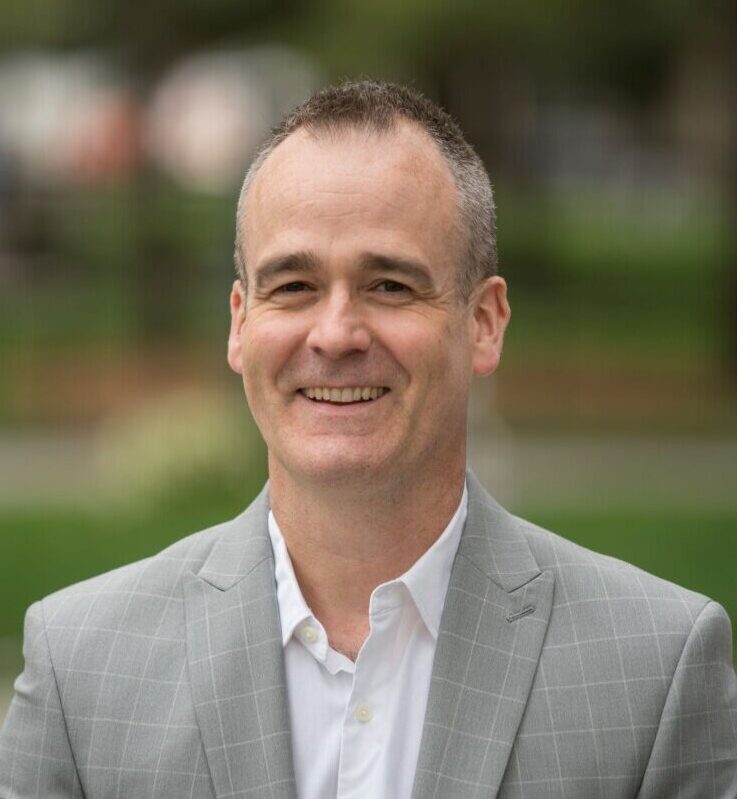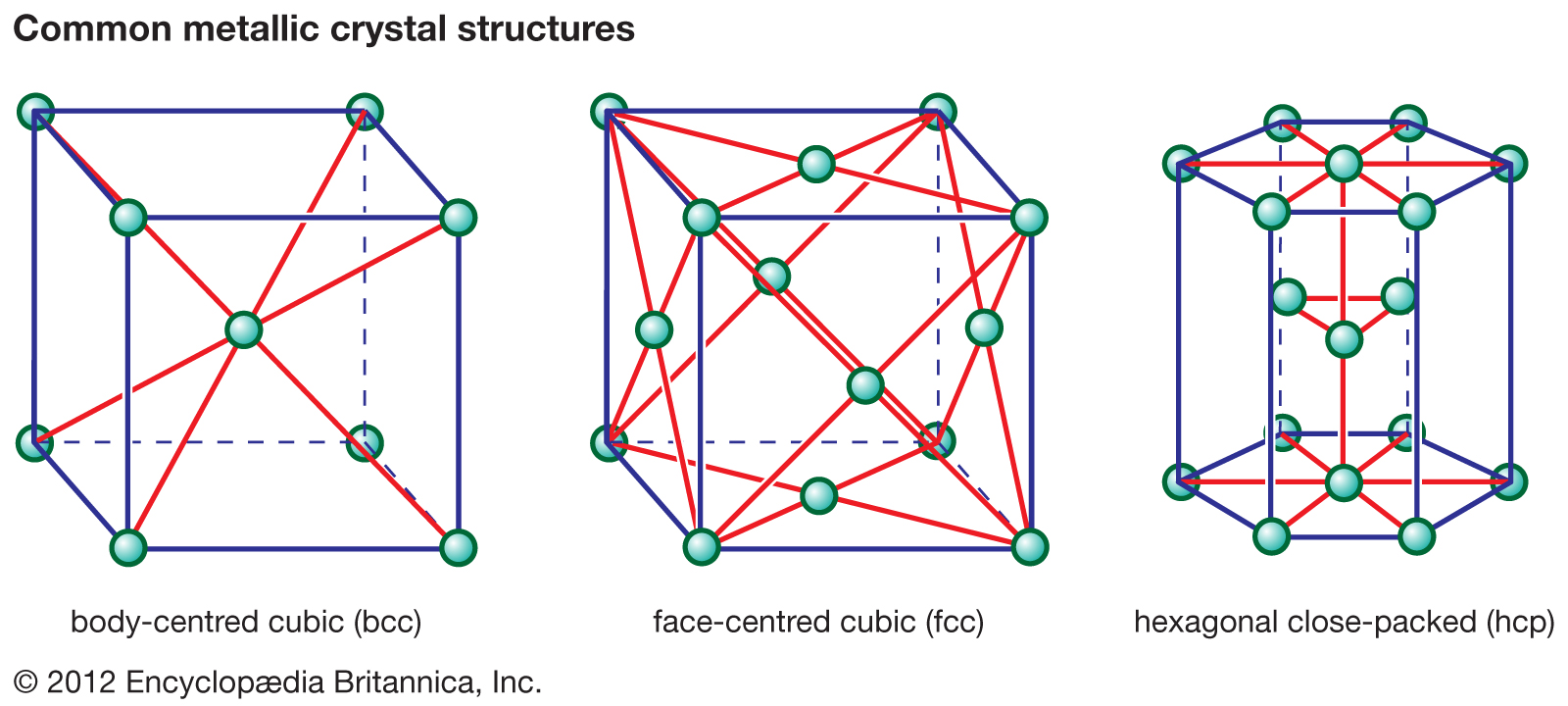Q: What do you call an acid with an attitude?
A: A-mean-oh acid
MSE160: Molecules and Materials is a course that covers two major subjects: molecular science and material science. This course will offer a nice change of pace from the advanced math in your other courses and will feature more of the chemistry you may remember from high school.
The molecular science concepts will include atomic bonding, unit cell configurations, the electromagnetic spectrum, and more. The material science concepts will include some overlap with CIV102, beginning with stress-strain curves, and material selection for certain applications. Furthermore, you will learn about material imperfections and defects, failure mechanics, material processing methods, and phase diagrams.
Professors

Professor Scott Ramsay
Professor Scott Ramsay is a teaching stream professor who is co-teaching MSE160 this year. He is a registered professional engineer in Ontario and earned his PhD in Materials Science and Engineering from U of T in 2007. He has taught many courses that revolve around the study of materials science, including thermodynamics, materials selection, manufacturing, biomaterials, and more. Professor Ramsay has authored a digital MSE160 course textbook which features awesome demos, fun stories, and videos to help explain chemistry topics. He also made a polyurethane Pikachu in lecture!
If you would like a preview of what will be taught in the course, check out Prof. Ramsay’s YouTube channel.

Professor Anatole Von Lilienfeld
Professor Anatole Von Lilienfeld has been teaching in a multitude of universities since 2013. He was a Full Professor at the University of Vienna and both an Associate and Assistant Professor at the University of Basel and the Free University of Brussels. Before he became a professor, he was an Assistant Computational Scientist at Argonne National Laboratory’s Leadership Computing Facility. From 2007-2010, Professor Anatole Von Lilienfeld was a Distinguished Harry S. Truman Fellow at Sandia National Laboratories.
He received his PhD in computational chemistry from EPF Lausanne, and studied chemistry as an undergraduate at ETH Zürich, the École de Chimie, Polymères, et Matériaux in Strasbourg, and at the University of Leipzig. Professor Von Lilienfeld’s research is centered around developing a physics-based understanding of a chemical compound space. His research also includes quantum machine learning, statistical mechanics, and computational materials design and discovery.
Professor Interviews
Snippets from our interview with Professor Ramsay:
“[MSE160] is meant to be a course that will be useful for you as an engineer, regardless of your future specialization.”
“I suppose my style or philosophy is to convey excitement I have about the subject material and convey a sense that you can figure out so many things if you understand these underlying concepts.”
“It’s all this structure/property relationship that really helps us understand so much of what’s key to engineering.”
For more, check out the Interview Transcript here.
Check out the following video interview with Professor Lilienfeld (including questions like “What is your favourite element?”):
“The lecture […] is a little bit like a live concert. So you see the artist perform, I’m not saying I’m an artist but we do a performance together.”
“We have a huge unexplored space populated with materials that could be stable, that could be extremely useful, but nobody bothered yet to make them, because we don’t know. And this was, to me, the key moment where I realized this is something I’d like to study more […]”
Course Highlights
- Looking at material samples and witnessing cool live demonstrations during lecture!
- Seeing material science concepts in other places; you’ll begin to see atomic packing in the supermarket fruit aisle, and phase diagrams will remind you of Pikachu!
- Learning how to deliberately cause defects in a material to improve its physical properties, and why this works.

Week in the Life of an MSE160 Student
Lectures
There’re typically three MSE160 lectures per week. These cover course concepts, as well as practical applications. Problems solved in class will help you study, as will the course slides. At the end of each week, there will be a demonstration to translate course concepts into real life and strengthen your understanding – make sure not to miss these fun demos!
Tutorials
While there’re no practicals, MSE160 tutorials are hosted once a week. The TAs briefly discuss the previous week’s lecture material, and most of the tutorial is spent discussing practice problems similar to those on exams. For our year, these were the only practice problems provided to students outside of the problem sets, and tutorial slides were not posted afterwards. If this is also the case for your class, make sure you pay good attention to how these tutorial problems are solved, and take good notes as they are excellent preparation for exams.
Assessments
MSE160’s textbook has weekly questions ranging from easy conceptual facts, to challenging questions, which strengthen your ability to visualize and calculate material properties. These marked assignments also serve as valuable study aids before midterms and final assessments.
In addition, there are a couple problem sets and quizzes throughout the semester. The problem sets usually consist of a couple calculation questions covered in lecture and are fairly straightforward. The quizzes are available for 24 hours; however, once you start, you only have 30 minutes to complete them. You’re allowed to access lecture notes as well as the textbook during these quizzes so make sure you use them.
Midterms & Exams
MSE160 usually has one midterm and a final. The exams are very much based on your ability to apply the correct course concepts and solve application-based problems. You will be provided with a formula sheet showcasing some important constants, a few formulas, as well as the periodic table.
To see past exams for MSE160, see the SKULE Exam Repository.
How to Succeed
Note: You are not expected to know the following technical information. You will learn it all in the course.
Quick Tips & Equations
- Remember electron configurations: 1s2 2s2 2p6 3s2 3p6 4s2 3d10 4p6 5s2 4d10 5p6 …
- Know all the crystal structures such as SC, BCC, FCC, HCP, as well as the Miller indices of interstitial sites.
- Practice deriving material property indices, which require expressions for the function and objective of a structure, in addition to its geometrical and physical properties
- Band gap theory: the bigger the gap, the harder it is for atoms to move from the valence band to the conduction band. Materials transmit and absorb certain wavelengths of light based on the energy of a photon relative to the band gap of the material.

More Details
Diagrams appear throughout the course, filling every chapter of the textbook. From material structures to property graphs, the diagrams make it easier to understand course concepts. You may also have to recall them during assessments.
Many course concepts will be discussed without being derived from first principles. This means you’re expected to know how to use the concept rather than how to derive or fully theorize about the concept. Focus only on as much detail as you’re given in lecture; studying beyond the course’s scope might not help you on assessments.
Since the course is so varied, the problem sets are your best tool for checking your understanding. They cover the types of questions that will appear on assessments, so make sure you can answer everything. Since every course concept will be assessed at some point, it’s best to ask for clarification if you get stuck.
The online textbook, while lengthy, covers some simple versions of assignment problems, making it a very handy resource when completing assignments.
In lectures, you’ll discuss some interesting applications of materials science. These may seem like fun detours – but pay attention. The assessments typically have a “design” question, where you’re expected to apply some concept in a practical engineering problem. Without an awareness of actual applications, you’ll struggle to find a reasonable answer.
While MSE160 may seem more “memorization-heavy” compared to other courses in the first year, there are many different types of questions that will require you to apply your understanding of complicated material properties in calculations. Therefore, studying regularly and keeping up with course content is essential for success. This course moves quickly and there are a lot of topics, all of which will be tested.
Beyond First Year
- The world is made up of materials after all! MSE160 provides you with a great perspective as to how things work and some insight into manufacturing processes.
- You will learn how material selection works. This is a skill you can apply in Praxis II and III, design teams, projects beyond first year, and more.
- You’ll gain an appreciation for the practical applications of fundamental science. For example, you’ll understand why plastic bag handles elongate but do not break, even when supporting heavy loads. You’ll also see how knowledge of electron energy levels and light emission can lead to better TV screens.
- MSE160 will connect atomic physics, chemistry, mechanics, biology, and more, showing the interconnectedness of science fields. This course will provide a basis for several courses in the Aerospace Engineering and Biomedical Systems Engineering majors, in general, every engineering discipline will involve some more material science courses.

